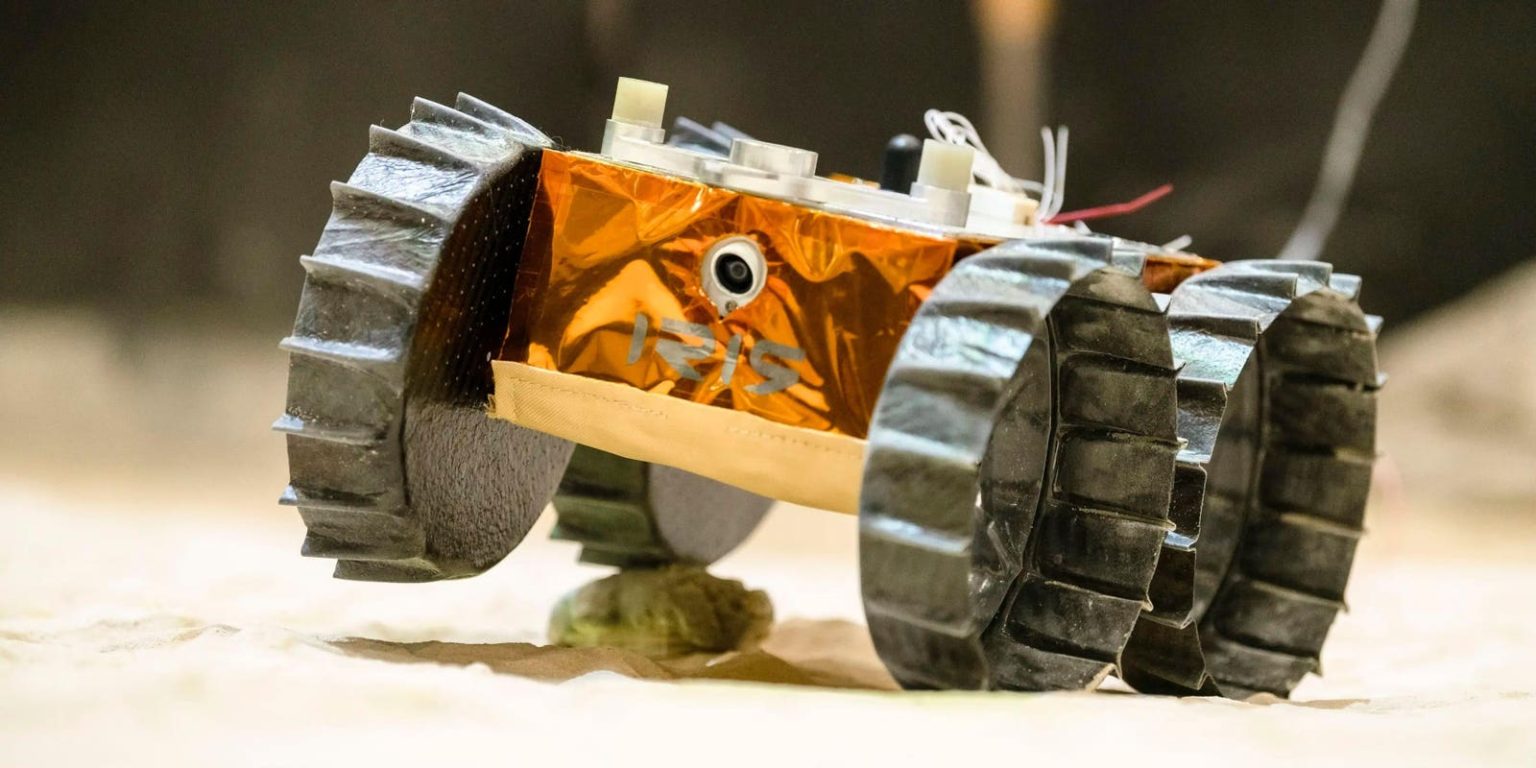The world’s first nano lunar rover, Iris, launched earlier this year on Peregrin Mission One to explore the moon, ultimately failed to reach the moon’s surface. However, despite the failed mission, there were still many successes to be celebrated. According to Kevin Fan, a former Carnegie Mellon student who worked on the project, one of the major achievements was the ability of the primary systems to survive extreme temperatures, high radiation, and passage through the Van Allen belt. This verification of operational systems on a nano rover of this size was a significant accomplishment.
Iris Lunar Rover, built by a team of 300 Carnegie Mellon students, is about the size of a shoebox, weighing 2.2 kilograms. It would have been not only the first university-developed lunar rover, but also the first rover with a carbon fiber chassis and the first American robotic rover since the Apollo days. The mission aimed to be ultra-low cost, with the carbon fiber chassis helping reduce weight and ultimately lowering the overall cost of the launch. The dedication and hard work of the student team resulted in hundreds of thousands of hours of development put into Iris.
Despite the failure of the mission to land on the moon’s surface, the team was still able to communicate with Iris while it was in a highly eccentric earth orbit. This was possible because Iris was bolted to the outside of the lunar lander vehicle, allowing the team to verify that the onboard systems were functioning well in hard vacuum, exposed to solar wind and cosmic rays. Many of the components were not radiation-hardened, but using cheap off-the-shelf components allowed the student-led team to continue gathering data and running commands.
The importance of cheap and small robotic rovers in future lunar exploration is highlighted by Iris team member Carmyn Talento. She believes that future exploration and settlement on the moon and even Mars rely on the use of small and cost-effective rovers to check many different locations. Talento envisions moon and Mars bases as gas stations, allowing for further access and exploration of the solar system and beyond. The lessons learned from the development and launch of Iris are expected to have significant impacts on future missions and the development of new rovers, such as the Moon Ranger, which is intended to search for lunar ice.
The completion of the Iris project has paved the way for future innovations in space exploration and technology. Despite not achieving its ultimate goal of reaching the moon’s surface, the mission served as a valuable learning experience for the students involved. The successes achieved in verifying the functionality of the onboard systems in extreme conditions and the communication capabilities while in orbit demonstrate the potential for future missions and the advancement of space exploration. The lessons learned from Iris will likely play a significant role in the development of future robotic rovers and exploration missions, furthering our understanding of the moon and beyond.


